In major museums, only a small fraction of the artifacts held by the museum are on display and interpreted for the public. Most of the museum’s artifacts are in vaults where they are available only to researchers. The Los Angeles County Museum of Natural History maintains a Visible Vault in which visitors can view hundreds of archaeological artifacts. The Visible Vault includes archaeological treasures from Ancient Latin America.
About Ancient Peru
When the Spanish arrived in Peru, they found the Inka empire was the dominant political and cultural force. The Inka, however, were not an ancient civilization having risen to power in 1438. For thousands of years prior to the Inka, a number of highly developed civilizations had been born and died in Peru.
Peruvian agriculture included potatoes (domesticated by 3800 BCE), cotton (domesticated by 4000 BCE), maize (corn; diffused from Mesoamerica), beans (domesticated about 8500 BCE), and other crops. Their domesticated animals included llamas and alpacas, both domesticated in the third millennium BCE.
Maize (corn), by the way, was not an important part of the diet, but was used primarily to brew beer. Communal consumption of beer was important.
Ceramics (pottery) was widespread in the area by 1800 BCE. Ceramics were made much earlier by the people in the Amazon and by people living north of Peru.
About the Visible Vault
According to the Museum display:
“We have selected some objects to feature on exhibition-quality mounts, but most of the six hundred items are displayed in storage mounts that use archival materials ideal for long-term storage. The white band around some of the artifacts is unbleached cotton twill tape that is often used to secure objects in case of an earthquake. We invited you to explore the selected highlights of this rich collection while taking a rare look at how these objects are cared for behind the scenes.”
Shown below are some of the Peruvian artifacts in the Museum’s Visible Vault.
The Artifacts
Gold Artifacts
Ancient America
The Americas have a history that extends back in time many thousands of years before the European invasion. Ancient America is a series that looks at Native Americans before the Europeans arrived.

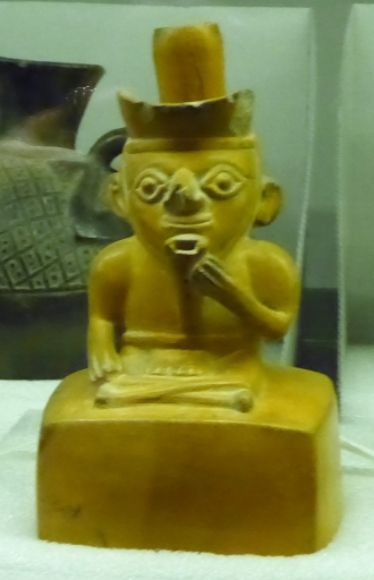
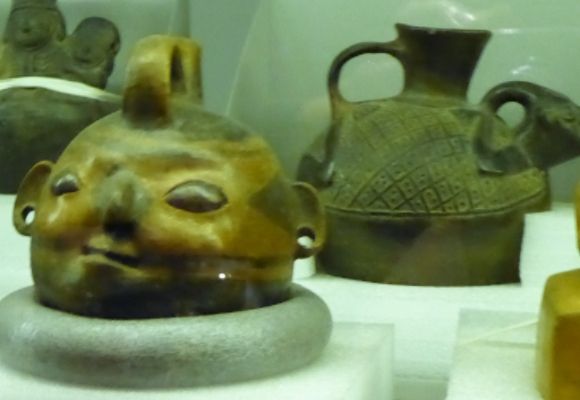
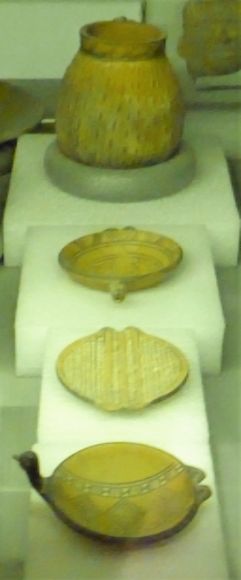
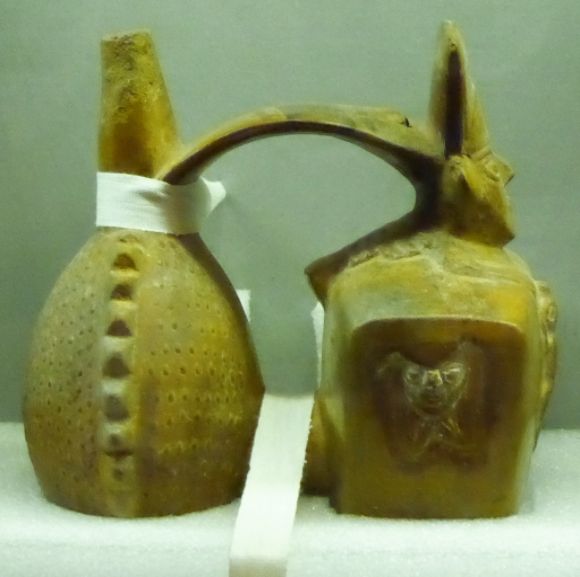

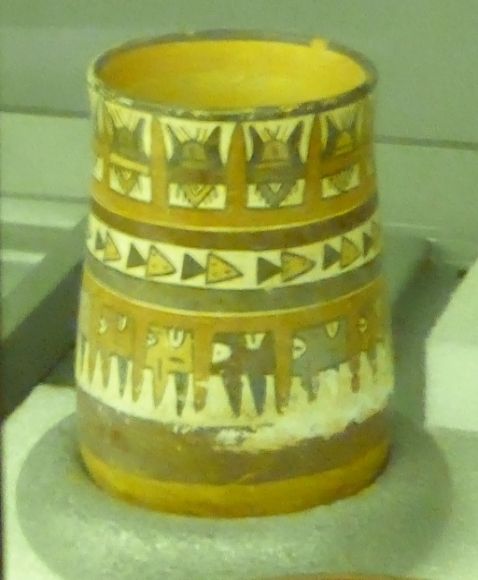
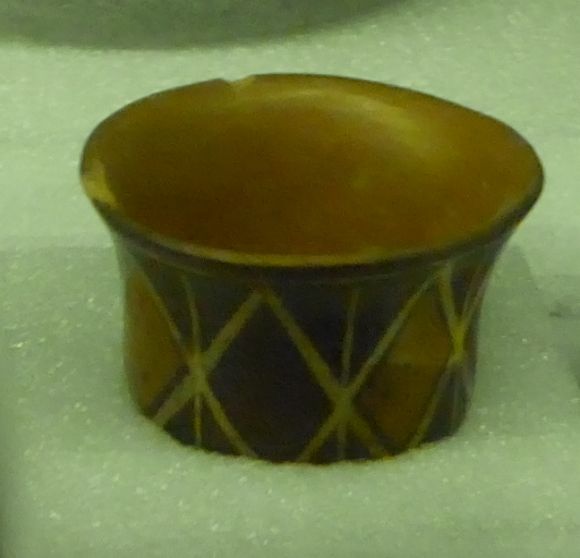
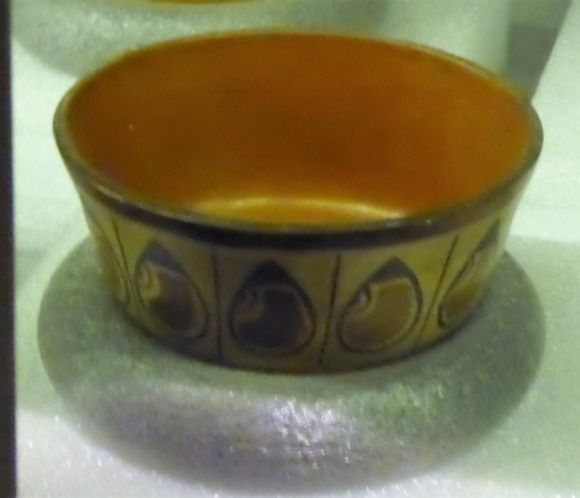
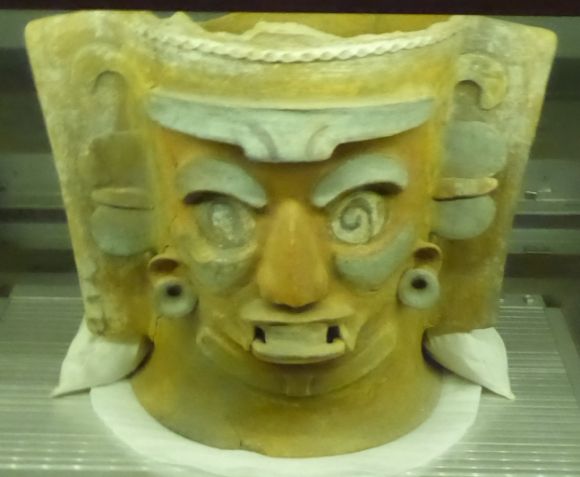
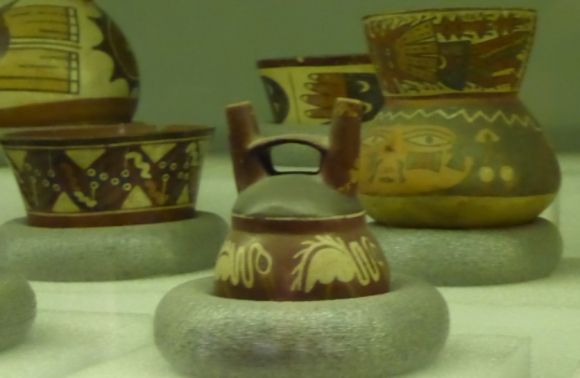

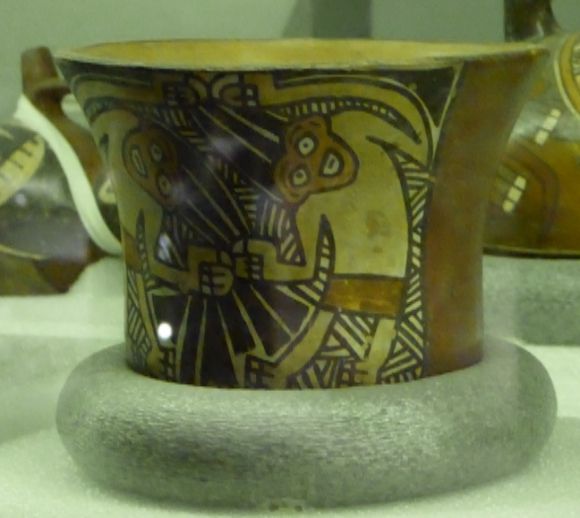
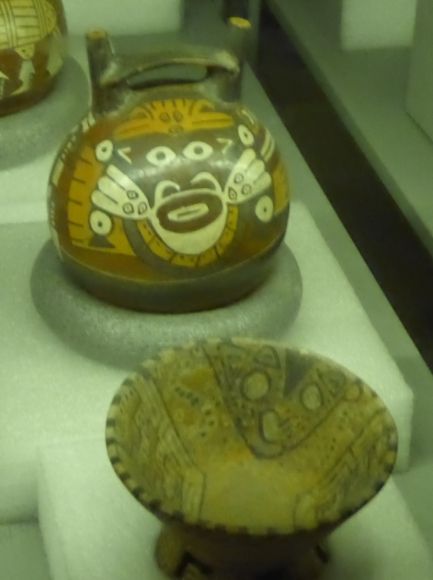

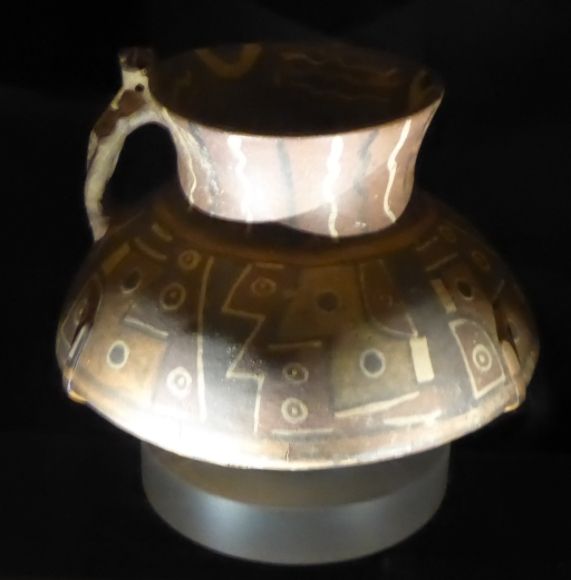
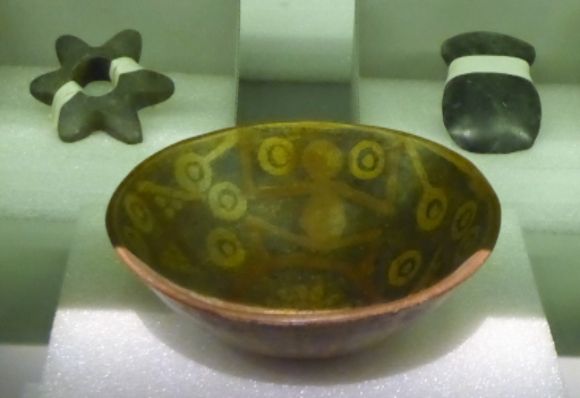

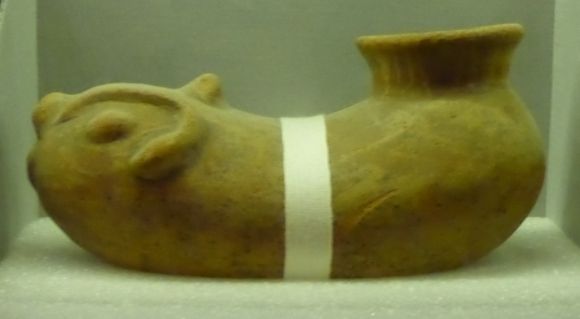
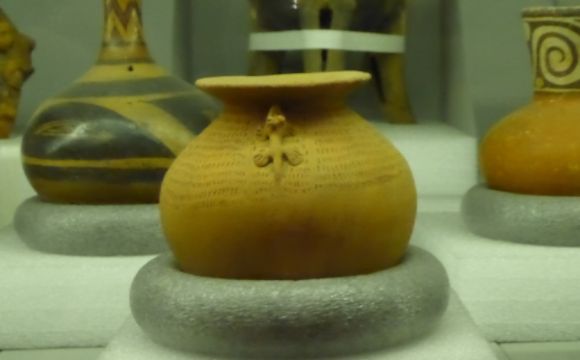
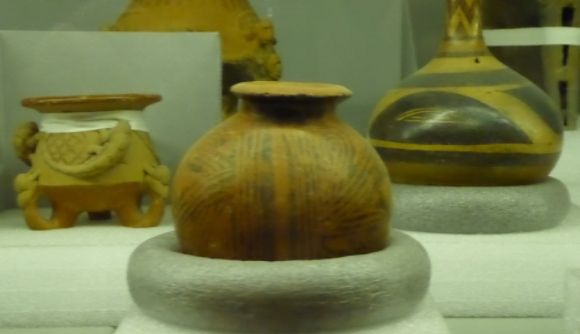
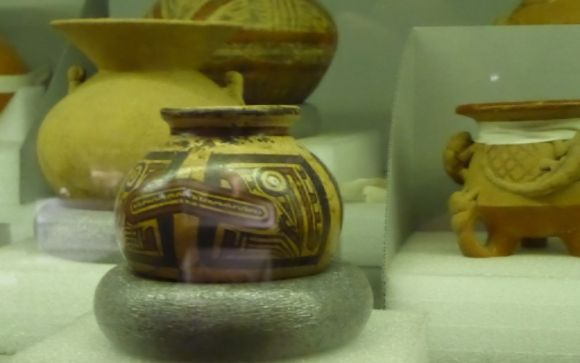
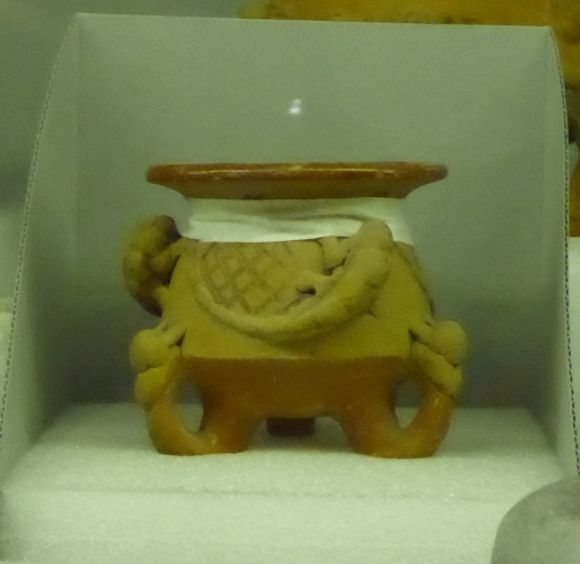
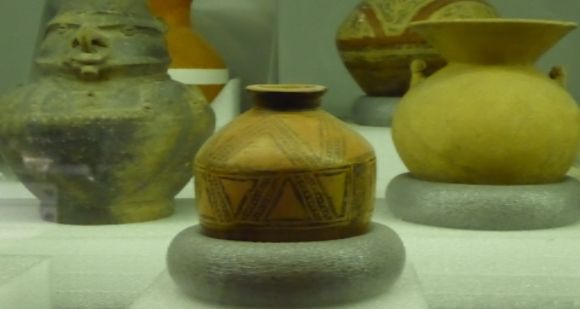
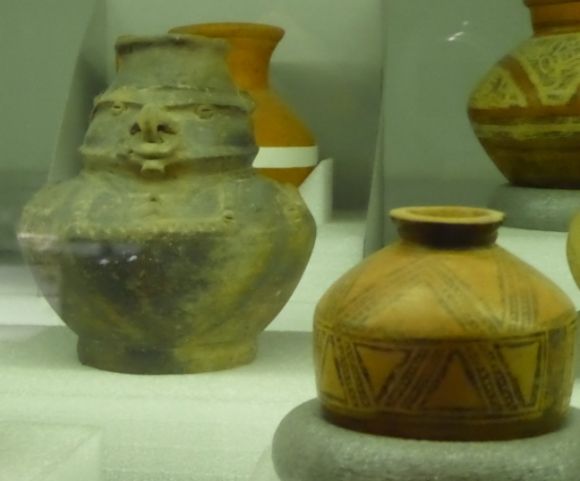

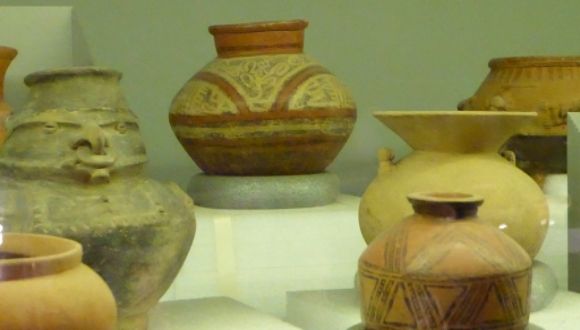
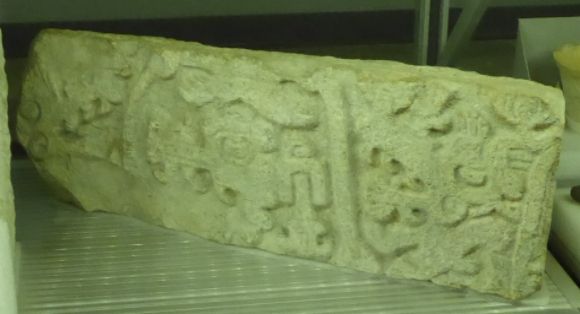
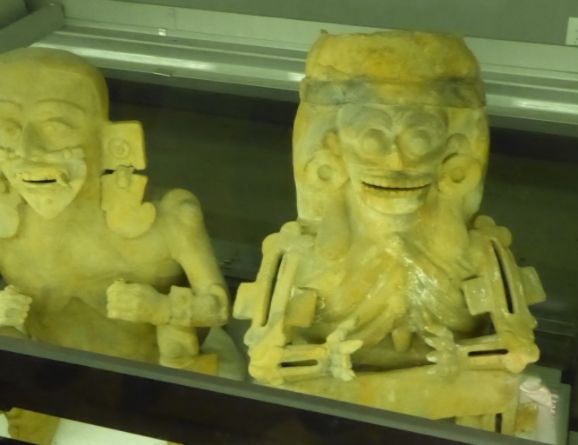
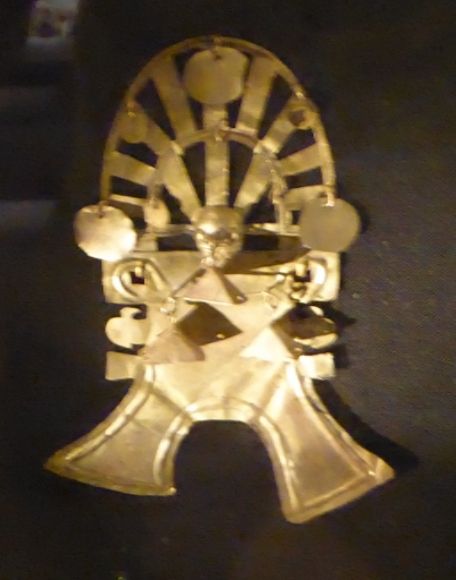
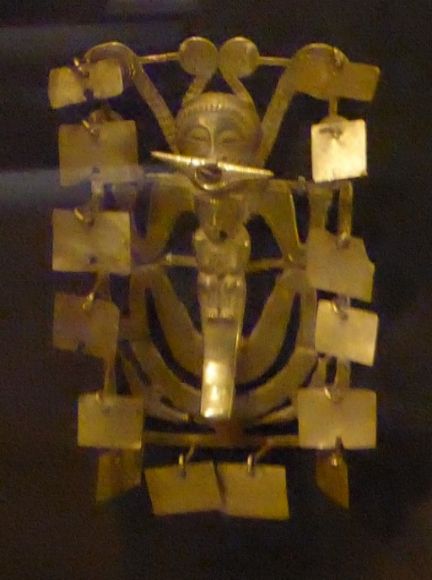
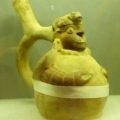
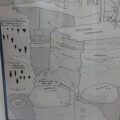
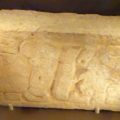
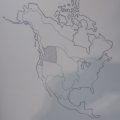
Leave a Reply